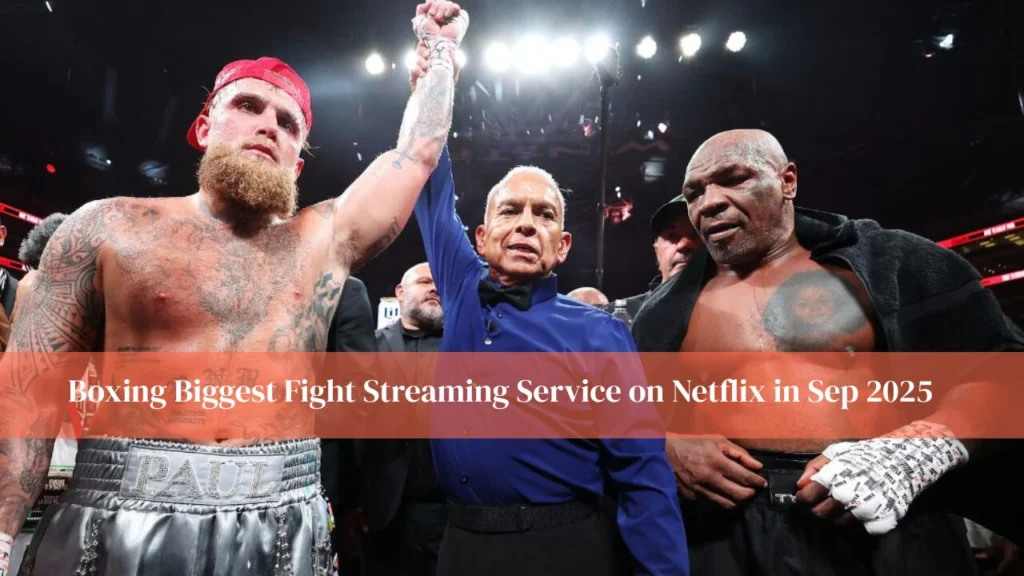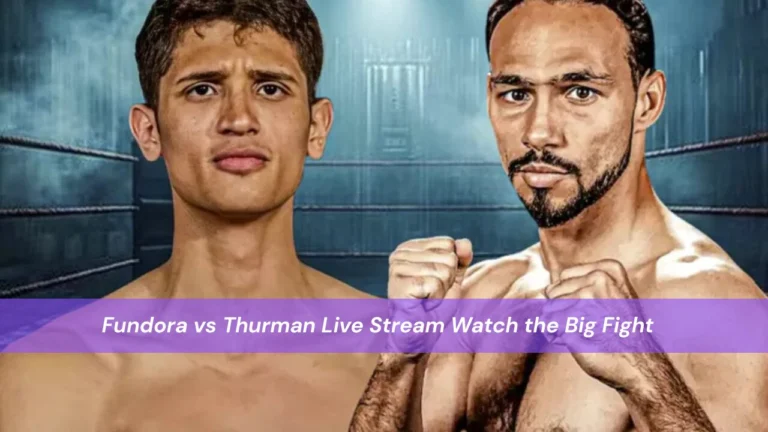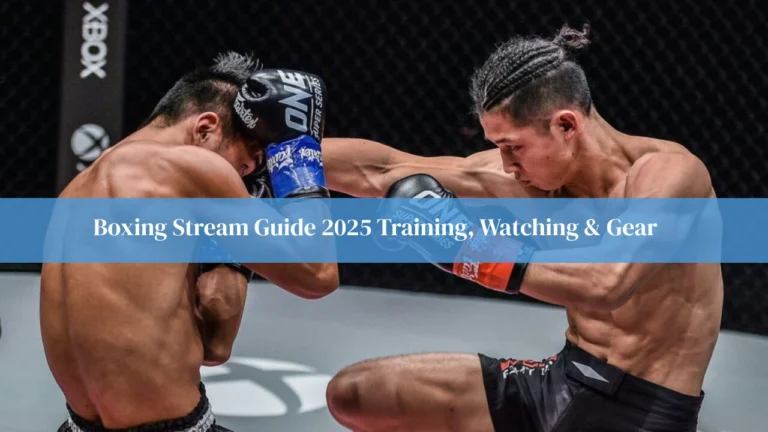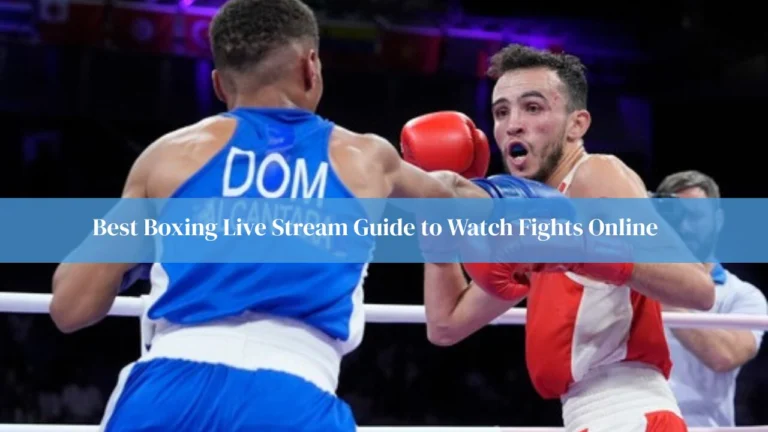The phrase boxing biggest fight streaming service on Netflix perfectly captures what happened in September 2025 when Netflix streamed the Canelo Álvarez vs. Terence Crawford fight live from Las Vegas. For decades, boxing’s biggest spectacles were tied to the pay-per-view model, where fans often paid $60 or more for access to a single event. That era took a dramatic turn when Netflix decided to include one of the sport’s most anticipated matchups within its standard subscription offering. By doing so, the company not only changed how fans experienced boxing but also disrupted a business model that has defined the sport for over 40 years. This event marked a new era of accessibility, global reach, and innovation in live sports streaming.
Key Takeaways
- Netflix disrupted the traditional pay-per-view model by streaming the Canelo Álvarez vs. Terence Crawford fight within standard subscriptions.
- The event reached over 41 million viewers globally, highlighting streaming’s potential for massive audience engagement.
- Fighters, promoters, and sponsors benefit from guaranteed payouts and global exposure rather than relying solely on PPV revenue.
- Streaming enhanced accessibility, attracting new fans worldwide while complementing live stadium attendance.
How the Boxing Biggest Fight Streaming Service on Netflix Replaced the Old PPV Model
The Canelo Álvarez vs. Terence Crawford fight was a historic test case. Rather than forcing viewers to purchase a one-off event, Netflix allowed millions of subscribers to watch at no extra charge. That shift had profound implications. Traditional PPV depended on exclusivity and high ticket costs to drive revenue, but it also limited reach. Netflix flipped the script by prioritizing global audience size and integrated advertising opportunities over upfront consumer charges.
By streaming the fight, Netflix positioned itself not just as a library of movies and TV shows but as a genuine alternative to cable and PPV. This mattered because boxing has long been one of the most expensive sports to follow. Fans worldwide often complained that the PPV model excluded them due to high costs or regional restrictions. Netflix solved both problems by bringing the fight directly to more than 300 million subscribers across multiple continents. This broader distribution strategy introduced boxing to audiences who may never have purchased a PPV event but who eagerly tuned in because it was included in their subscription.
Why the Numbers Sparked a Debate About Measurement
When reports came out that the fight drew more than 41 million viewers within the first 24 hours, headlines celebrated the event as one of the most-watched boxing matches in recent history. But the conversation quickly shifted from raw numbers to methodology. Traditional TV relied on Nielsen ratings and disclosed PPV buys, which made it easier to understand consumer engagement. Streaming operates differently. Netflix highlighted its average-minute audience, while independent analysts like VideoAmp provided slightly different totals.
The distinction matters. Average-minute audience reflects the number of people watching across an entire event, while peak concurrent viewership shows how many watched at the same time. A fight night can spike during the main event, meaning that peaks often tell a different story than averages. Furthermore, Netflix used extended metrics like “Live+1,” which counted those who watched within 24 hours of the live stream. Critics argued that comparing these metrics to traditional PPV sales figures was like comparing apples to oranges. Yet the broader takeaway was clear: streaming events can reach audiences at a scale previously unimaginable in boxing.
The Live Experience and Why Stadium Numbers Still Matter
While streaming dominated the headlines, the live gate at Allegiant Stadium told a complementary story. Nearly 71,000 fans filled the arena, generating more than $47 million in ticket revenue, a record for boxing at the venue. This was proof that streaming did not undermine the live atmosphere but enhanced it. Fans who wanted the full spectacle, from the walkouts to the energy of the crowd, still chose to be there in person.
For the fighters, this balance was critical. Both Canelo and Crawford reportedly earned massive purses, and their compensation packages were tied not just to the live gate but also to Netflix’s subscriber-driven distribution. Instead of relying solely on PPV percentages, fighters are now positioned to negotiate guaranteed contracts with streaming platforms, supplemented by bonuses tied to global viewership numbers. This model provides more stability while still rewarding drawing power
Why Netflix Made This Strategic Bet
From a corporate perspective, Netflix’s move into live boxing was more than an experiment it was part of a long-term strategy. By 2025, Netflix had surpassed 300 million subscribers worldwide. To maintain growth, the platform sought content that created cultural moments and appointment viewing. Live boxing offered exactly that. Unlike scripted series, which can be binged over weeks, a boxing match happens in real time, driving immediate subscriber engagement and social media buzz.
Moreover, Netflix is increasingly dependent on its ad-supported tier. A blockbuster live sporting event gives advertisers access to tens of millions of engaged viewers at once, which is extremely valuable. Traditional PPV never offered this kind of ad inventory, making Netflix’s model potentially more lucrative for both the company and its partners. The fight also reinforced Netflix’s brand as a bold innovator willing to challenge industry traditions in pursuit of scale.
What This Means for Fighters, Promoters, and Sponsors
For fighters, the shift from PPV to streaming changes negotiations dramatically. Rather than gambling on PPV percentages, which could fluctuate depending on market conditions, fighters now work with platforms like Netflix that can guarantee massive exposure and large fixed payments. Sponsors, in turn, see greater value in attaching themselves to events with 40 million viewers worldwide compared to 1 million PPV buys in a single region.
Promoters also benefit. They no longer need to rely on fragmented PPV distribution deals, which vary by territory and cable operator. Instead, they can partner with a global platform that markets the fight across continents simultaneously. This integration reduces risk, expands reach, and creates new opportunities for secondary content such as behind-the-scenes documentaries, fighter profiles, and training specials all of which Netflix can host in its ecosystem.
The Global Accessibility Factor
One of the strongest arguments for streaming is accessibility. In the past, boxing’s biggest fights were restricted by geography and price. Fans in Asia, Africa, or South America often faced challenges accessing PPV feeds, if they were available at all. By contrast, Netflix streamed the fight in multiple languages with subtitles and commentary tailored for different markets. This global-first approach not only boosted viewership numbers but also expanded the sport’s fanbase.
For younger audiences, particularly those who grew up in the streaming era, this model feels natural. Instead of setting up cable boxes or purchasing expensive one-off packages, they simply clicked on a Netflix app already installed on their devices. By lowering barriers, Netflix effectively brought boxing into the mainstream for a new generation.
The Future of Boxing on Netflix
The success of the Canelo–Crawford fight has already set the stage for more events. Reports suggest Netflix is negotiating future partnerships with promoters for other marquee matchups, including both traditional championship bouts and crossover fights involving celebrities or athletes from other sports. The company has also hinted at bundling related sports documentaries and original series to create a 360-degree experience around major fight nights.
If this trend continues, boxing could experience a resurgence in global relevance. For decades, critics argued that the sport was losing ground to mixed martial arts, in part because of accessibility issues tied to PPV. By removing the paywall and using streaming to amplify exposure, boxing may once again command a central place in the sports-entertainment landscape.
FAQs
Is the boxing biggest fight streaming service on Netflix free for subscribers?
Yes. The September 2025 Canelo vs. Crawford fight was included in standard Netflix subscriptions, with no separate PPV fee. This marked a significant departure from boxing’s traditional pay-per-view model.
How many people watched the fight on Netflix?
Industry reports estimate that more than 41 million people tuned in globally within the first 24 hours, with average-minute audiences in the high 30 million range. While the methodology is debated, the scale is undeniable.
Did streaming the fight hurt ticket sales?
No. Allegiant Stadium in Las Vegas sold nearly 71,000 tickets, generating over $47 million in gate revenue. Streaming expanded reach without reducing live attendance.
Will Netflix continue streaming boxing events?
Yes. Following the success of the September 2025 fight, Netflix has signaled its intention to pursue additional high-profile boxing broadcasts, along with supporting content like documentaries and behind-the-scenes series.
What does this mean for the future of pay-per-view?
While PPV may not disappear entirely, its dominance is clearly challenged. Promoters now see streaming as an equally viable and in many ways more profitable distribution model.
Conclusion
The boxing biggest fight streaming service on Netflix in September 2025 was more than a sporting event. It was a turning point for how live sports are delivered, consumed, and monetized. For fans, it meant unprecedented access without added cost. For fighters and promoters, it created new financial models that emphasized stability and global exposure. For Netflix, it reinforced its role as not just an entertainment hub but a leader in redefining live-event broadcasting.




